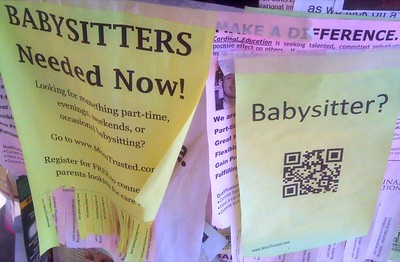If the WCC Administration were truly motivated by student success, I wouldn’t be writing what you are about to read. A 2018 study conducted by researchers at the Borough of Manhattan Community College showed that student-parents with children under age 6 took longer to complete their degrees and dropped out at a higher rate than students who did not have pre-school age children. Further, the authors found that providing access to convenient, low-cost, on-campus childcare increased graduation rates and reduced the time needed to complete a degree for student-parents.
The Borough of Manhattan Community College study was not alone in this finding. Researchers at the University of Wisconsin-Madison found that they increased the completion rate of student-parents to 84% by providing on-campus childcare. Further, 100% of UM-W’s graduated student-parents were fully employed within nine months of completing their studies.
Another interesting thing that the Borough of Manhattan Community College study found is that simply having childcare services didn’t provide student-parents with enough time to complete their studies. What made the difference in student success was having childcare available on-campus.
The concept of “time-poverty” explains why. Student-parents have significantly less available time than students without children do. The number of activities that a student with a preschool age child must do each day vastly increases. Those non-negotiable responsibilities cut into the amount of time the student has to attend classes, study and complete homework. The consequences of time poverty are significant. They include fewer credit hours per semester, a longer program completion time frame and a higher drop-out rate.
On-campus childcare brings community benefit
There is real value to having on-campus childcare, especially for lower-income students, first generation students and minority students. These students are significantly more likely to have children. Few things are less welcoming to low-income and minority student-parents than taking away on-campus childcare.
Removing on-campus childcare means the WCC administration has just made Washtenaw Community College’s student demographic wealthier and whiter than before. Maybe that’s the “change” Dianna McKnight Morton sought in 2013 while she was busy defending the College President. (Well, ready or not, here it comes.)
Despite EVP Linda Blakey’s best efforts, this is not simply a problem that WCC can throw money at to make it go away. Forcing low-income student parents to use off-campus childcare – even subsidized childcare – demands more of what student-parents already lack: time. It takes a lot more time to get children to an off-campus daycare and then get to campus than it does to bring them to an on-campus childcare center. It also takes time to retrieve those children after leaving campus. This takes from what little time student-parents have to do homework and study.
This isn’t about student choice. In the absence of on-campus childcare, student-parents’ choice will be to stop going to school. The alternative that WCC will provide is more expensive and more time-consuming. It is also the most expedient way to begin commercializing the WCC campus real estate, as described in the Master Plan.
This “change” doesn’t help the campus community, so the question becomes “Who does this help?”
Photo Credit: Ed and Eddie, via Flickr














